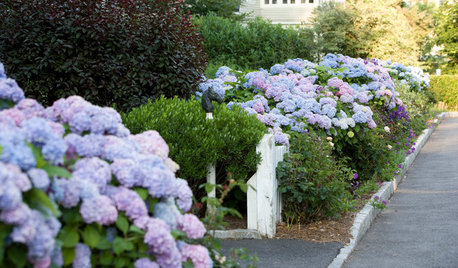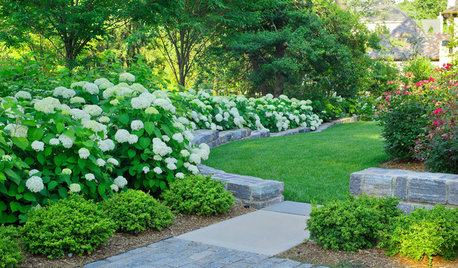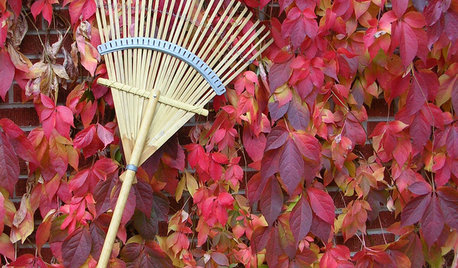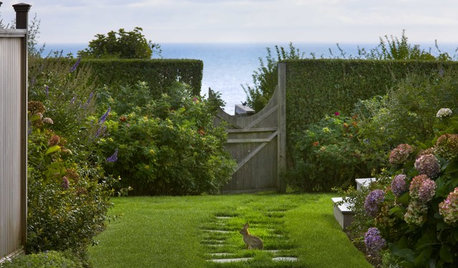Help!! Dying Limelight Hydrangea
camup
10 years ago
Related Stories

KITCHEN DESIGNWhite Appliances Find the Limelight
White is becoming a clear star across a broad range of kitchen styles and with all manner of appliances
Full Story
FLOWERSWhy You Should Give Hydrangeas a Place in Your Yard
The exuberant mop-headed beauties evoke dreams of an endless summer by the sea
Full Story
FLOWERS AND PLANTSHydrangea Arborescens Illuminates Garden Borders and Paths
This long-blooming eastern North American native shrub finds a home in landscapes around the world
Full Story
PETS6 Ways to Help Your Dog and Landscape Play Nicely Together
Keep your prized plantings intact and your dog happy too, with this wisdom from an expert gardener and dog guardian
Full Story
GARDENING GUIDESGreat Design Plant: Asclepias Incarnata for a Butterfly Garden
Beautiful swamp milkweed makes it easy to help monarchs and other pollinators in eastern U.S. gardens
Full Story
GARDENING AND LANDSCAPINGBid Bad Garden Bugs Goodbye and Usher In the Good
Give ants their marching orders and send mosquitoes moseying, while creating a garden that draws pollinators and helpful eaters
Full Story
GARDENING GUIDESMake Sure You Read This Before Buying New Plants
Follow these 10 plant-selection tips to avoid buyer’s remorse
Full Story
GARDENING GUIDESYour November Garden Checklist
What to do around the U.S. this month to help your garden thrive — when you're not admiring fall's brilliant colors, that is
Full Story
GARDENING GUIDES9 Garden Gates That Hinge on Charm
Stacked stone, rustic wood and fragrant blooms help beckon the eye to these inviting entries
Full Story
ARBOR DAY8 Reasons to Plant a Great Tree
Beauty is its own reward, but the benefits of planting the right tree in the right place go way beyond looks
Full Story







luis_pr
camupOriginal Author
Related Professionals
Middle River Landscape Architects & Landscape Designers · Byram Landscape Contractors · Dallas Landscape Contractors · East Lake-Orient Park Landscape Contractors · Essex Landscape Contractors · San Carlos Park Landscape Contractors · Sugar Hill Landscape Contractors · Tigard Landscape Contractors · Wailuku Landscape Contractors · West Palm Beach Landscape Contractors · North Hills Landscape Contractors · Cherry Hill Siding & Exteriors · Manassas Siding & Exteriors · Oregon City Siding & Exteriors · Wilmington Siding & Exteriorsluis_pr